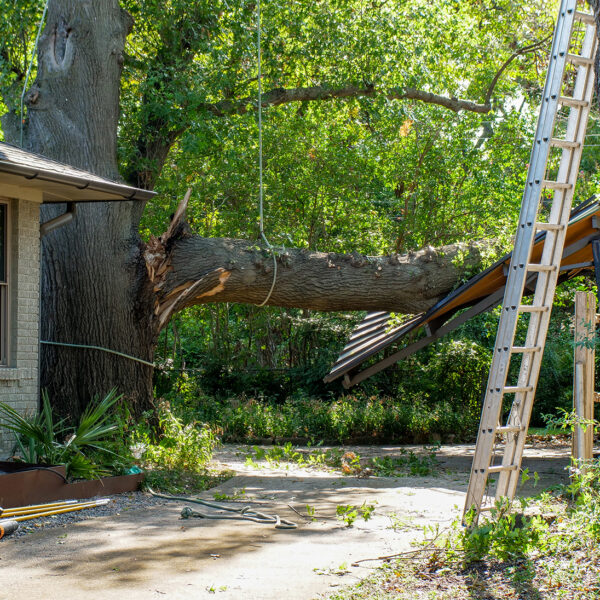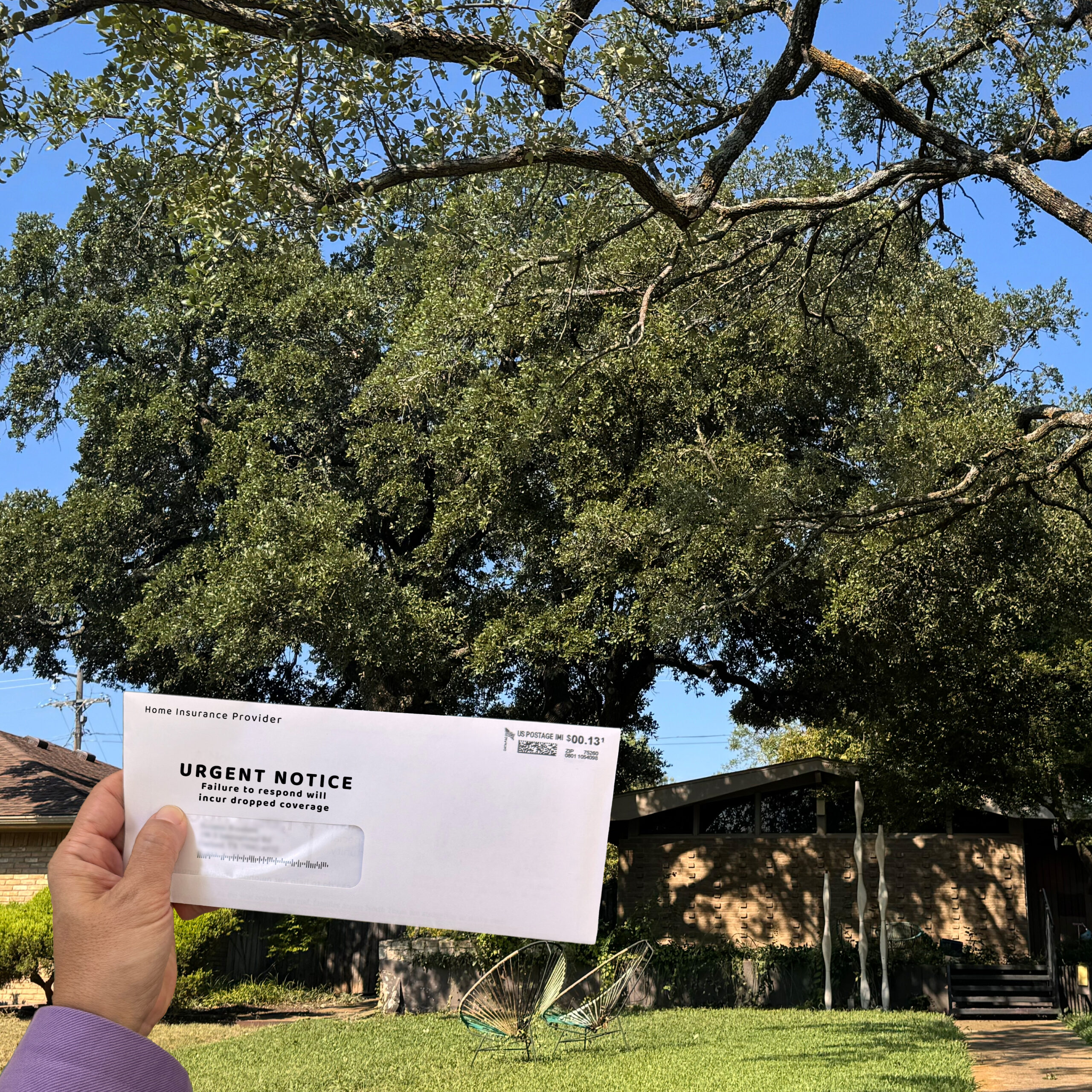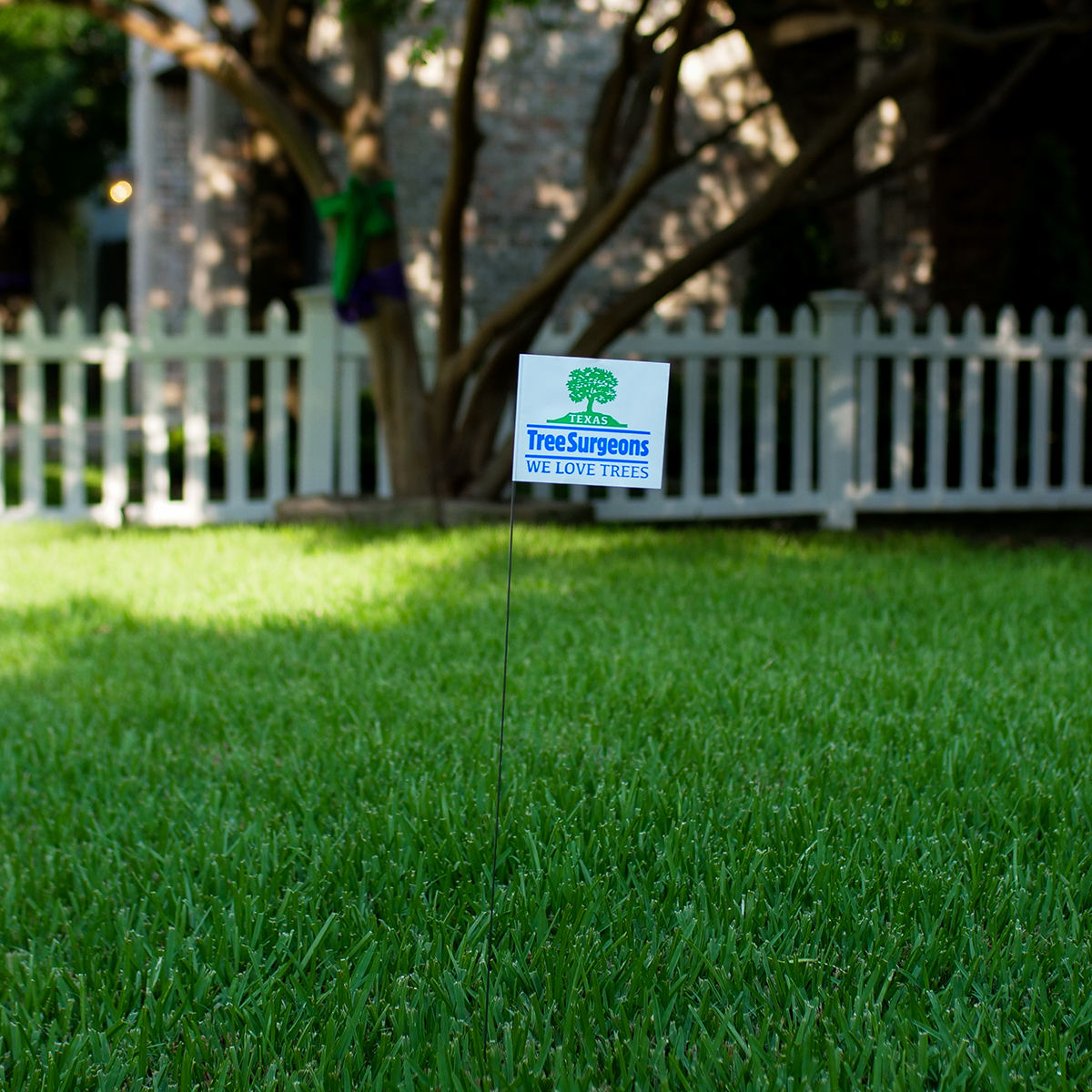Emergency Tree Removal: When Every Minute Counts

In situations where a tree poses an immediate threat to property or safety, time is of the essence. Knowing when and how to take action can make all the difference. What are the critical aspects of emergency tree removal? This is our guidance on how to handle urgent tree removal situations efficiently and safely.
Recognizing Emergency Tree Situations
A tree may require emergency removal when it’s dangerously leaning, cracked, or has suffered significant damage due to a storm. Understanding and identifying these signs early on can prevent potential disasters before they occur. Damaged trees, especially those near power lines or structures, pose significant dangers if ignored. Immediate action is warranted to avoid severe consequences. By staying vigilant and knowing what to look for, you can safeguard your property and those around you.
Emergency situations from trees typically arise from unpredictable factors such as severe weather storms that may result in uprooted trees or branches torn off. Even if initially standing, internally damaged trees can become unstable, thus needing urgent removal. Characteristics of storm-damaged trees include visible trunk cracks, leaning postures, and exposed roots.



Assessing the Risk and Necessary Actions
Understanding the risk factors involved in emergency tree removal situations is vital. Signs like cracks in the trunk, splits in branches, or sudden leaning indicate structural instability. Trees near homes, vehicles, or power lines increase the risk of severe damage, and addressing these factors promptly can minimize harm. Professional assessment is often necessary to determine the best course of action, as trees may appear stable but harbor hidden damages due to internal decay. For your peace of mind, experienced arborists can guide you through prompt and effective risk assessment and mitigation strategies.
Deciding what actions to take involves weighing the potential hazards, such as the tree’s proximity to critical infrastructure, and the urgency of removal. Trees pose a considerable threat when diseased or decaying as they can collapse unexpectedly without the triggering of external forces.
Why Professional Help is Crucial
Emergency tree removal is a complex task that requires expertise and the right equipment. Professional arborists are trained to assess the situation accurately and determine the appropriate methods for removal. With specialized tools like cranes and rigging, they can dismantle hazardous trees safely, preventing further damage to property or injury to people. In emergency situations, understanding and evaluating weaknesses in the tree prior to removal is paramount to safely reduce risks.
Proper execution during emergency tree removals ensures that risks are mitigated, safeguarding homes and communities. Skilled professionals coordinate removal plans tailored for each scenario, often involving multiple experts specializing in canopy climbing and strategic cuts. To ensure safety, Texas Tree Surgeons rigorously adhere to TCIA and ISA guidelines.
Common Tools and Techniques Used
To safely manage dangerous trees, professionals rely on an array of specialized tools and techniques. Essential equipment includes chainsaws for precision cuts, cranes for handling large sections, and rigging systems for controlled lowering of tree parts. Expertise in these tools ensures that removal is conducted efficiently without compromising safety. Climbing lines and Double Rope Techniques (DRT) are vital for maneuvering safely within tree canopies, especially in high-stake scenarios involving structurally unstable limbs.
When space is a limiting factor for using heavy equipment like cranes, skilled tree climbers execute strategic cuts to control the direction of falling limbs, reducing the potential for property damage. Understanding these methods emphasizes the necessity of hiring experts for such tasks. Their proficiency in analyzing and selecting precise cut points distinguishes professional emergency services from DIY attempts.
Preemptive Measures to Avoid Emergencies
Regular tree maintenance and inspections can help identify potential risks early. Proactive care ensures early detection of health issues like decay, disease, or structural weaknesses, often allowing for corrective actions before they escalate into emergencies. Helping your trees recover from stress, such as drought damage, enhances resilience, minimizing the likelihood of sudden failures.
By investing in professional assessments and consistent upkeep, you can maintain the health and stability of your trees. This proactive approach often includes pruning, mulching, watering, and fertilizing, all of which play crucial roles in keeping trees robust against environmental stresses. With these preventative measures, potential hazards are significantly reduced, ensuring safer surroundings.

At Texas Tree Surgeons we act swiftly and safely to protect your property. Always remember to hire professionals to ensure the tree service is done safely and effectively, protecting your property and peace of mind. For emergency services, consult our team by reaching us here.
Emergency Tree Work
Photo's documenting emergency tree work due to storms or failure.

RED OAK LIMB SECURED WITH LINE
A customer's red oak tree's limb failed and fell onto the homeowners steel carport. This large limb blocked the driveway and was hanging into the neighbors yard. Raul and his crew worked together to remove the limb safely and quickly without the aide of a crane. Cranes are sometimes used when trees are deemed too unsafe to climb. Issues with cranes is that they require a lost of space and increase the price of tree work.

ACCESSING DAMAGE
Understanding and evaluating weakness in the tree prior to doing emergency tree work is important to know because it will eliminate further risk to property and workers during the process. Trees with different defects need to be removed differently for safety. Our foremen have the expertise in determining if we can safely remove broken limbs or trees without a crane.

CLIMBING LINE & DRT
Safety for our climbers and your property is important to us at Texas Tree Surgeons. When damage has already incurred from limb failure it is important to mitigate further damage. Our climbers use climbing line (specially designed rope) and use DRT (Double Rope Technique) to help them move safely and support broken limbs so they can be safely lowered with control.
Related Blogs
Similar blogs related to this topic


Facts About Home Insurance & Trees
It’s becoming way too common, especially in Texas, homeowners receiving a threatening letter from their insurance company to drastically remove all tree limbs over a structure to prevent them from falling onto the house. Don’t…
Read more

Avoid These Tree Care Mistakes for a Healthy Landscape
Below is a list of overlooked mistakes that could jeopardize the health of your trees. From missteps in pruning to incorrect watering practices, discover how to give your trees the care they deserve. Red oak…
Read more

10 Tips from Your Local Arborist to Enhance Your Tree’s Health
Trees are an integral part of our environment, providing shade, beauty, and clean air. As living organisms, they require care and attention to thrive. Who better to offer advice than your local arborist? Here are…
Read more





